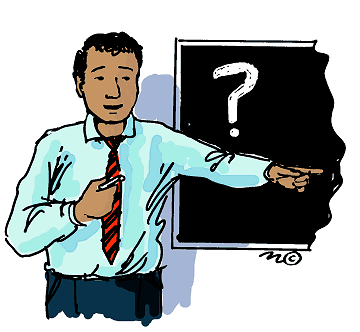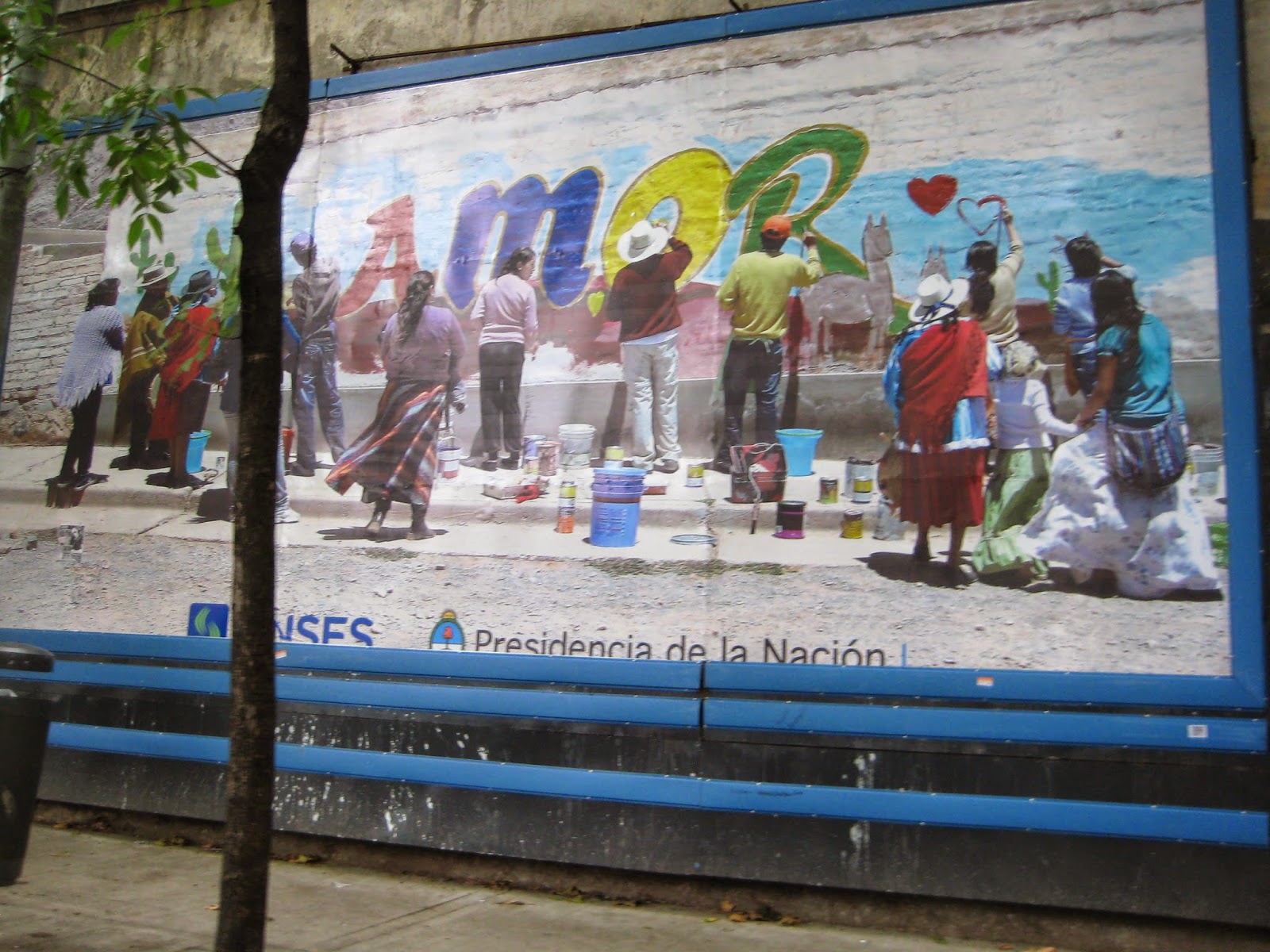Chase Family Scrapbook
This weekend I went through the Chase Family Scrapbook that
was made by Clarissa Chase Weiss (1900-1991) and probably compiled between the years
of 1940 and 1980.
The scrapbook is about 16 inches by 18 inches and loosely
bound with brown shoelaces. There are
about 90 unnumbered pages.
 |
| Claire Chase (age 6) is marked in this picture. |
Claire was always interested in her family history and proud
to share it. In 1947 Mrs. Simon Weiss
was the committee chair for the event “Chase Cousins Reunion” held at Liberty
Park.
 |
| The Chase Home in Centerville no longer stands, but the cabin does along with an historical marker. |
 |
| Clarissa Dean Chase is 7 years old in this picture and sitting next to the piano. Claire's brother David Harold Chase died at age 10 four years after this photo was taken (gun accident). |
About one third of the book is a collection of the Family
Genealogical research that was gathered over the years. Most of it was from Kate Chase’s research. The George Ogden Chase family had a lifetime
membership in the Chase Genealogical Association.
One paper describes how “Kate Chase saves the Chase Mill at
Liberty Park” from being torn down.
Another tells of “Christmas at Chase Park” in Centerville. It looks like some of the contents where
items that were passed on to Claire by family members and she collected them all into this
scrapbook.
Claire has collected various newspapers articles referring to the
Chase Mill from the 1960-1980’s. Perhaps
these were handouts shared during reunions with the Chase Cousins. Claire also pasted in articles that had no
family history connection but were simply interesting to her.
In 1990 Karen Weiss (Claire's daughter-in-law) transcribed and duplicated a 35 page history of Clarissa Dean Chase Weiss for family members. Most of that material is not found in the scrapbook.
Some pages are typewritten copies of other older documents
that Claire duplicated and then pasted into her scrapbook. A few of the pictures are original, but most are copies. The entries are not in any chronological
sequence and, unfortunately, rarely does Claire reference the source of her
information.
 |
| This is the John Alden Home in Massachusetts. The Chase family was descended from the Mayflower Pilgrims. This was a quite a status symbol in Clare's day. |
Many entries from the Josephine Streeper Chase diary are pasted in the scrapbook. A wonderful
synopsis of the Streeper diaries was written by Fae Decker Dix in the Utah Historical Quarterly (and available as a pdf online.) The actual diary was given to the Marriott Library University of Utah Special
Collections in 1970.
Thirteen pages are simply pasted in pictures of historic buildings
along with random postcards. There are also some pictures of items that are now
located in the Salt Lake DUP (Daughters of the Utah Pioneer) Museum.
 | |||
| More pictures of Chase Park and the home (built in 1860). The cabin was built in 1849. The woman in the upper right is Josephine Chase Bradshaw who cared for the home for many years. |
 |
| Historic Site Marker on 1000 N. (Chase Lane) and Main Street in Centerville, Utah. |
Max Weiss (son of Clarissa Dean Chase Weiss) writes fondly of his "Aunti Jo" in his biography published in 2013. Max worked for her picking cherries and painting. He also bought Aunti Jo's cherry orchard for $2000 when he was 16 years old and sold it just prior to his marriage.
In 1998, a Chase family historian, William V. Saunders, published two biographies (one about Isaac and the other about Phebe) that contains more accurate Chase family information than that found in Claire's scrapbook.
One of the treasures in the scrapbook was the actual recipe from the chicken
and biscuit meal that was served frequently to Brigham Young and Heber K. Kimball in the Old Chase Home in Liberty Park. There are no notations about who recorded this recipe.
 |
| Chicken and Biscuit Dumplings were served to Brigham and the Twelve. |
 |
| Christmas Dinners in the Centerville "Chase Park" were a held until Aunt Kate Matilda Chase died in 1937. |
Following the death of Grandma Claire, Betty called family
members in California to let them know.
One letter from Rose Cross was particularly kind and found its way into
the scrapbook as a kind of final tribute to Claire. Aunt Betty probably wrote the note in the upper left of page one.
 |
| This letter tells how Rose Weiss Cross (granddaughter raised by Max and Annie Weiss) adored her Chase relative Claire Chase Weiss who married into the Weiss family in 1917. |
Upon the death of Claire Weiss (1990) Betty Dean Chase Lillywhite Olson gave
the Chase Family Scrapbook into the keeping of David Mark Weiss, grandson of
Claire. Betty wrote in a card to her nephew Mark in 1989, "I am unwilling to fill out the 'tribal' information sheets. I respect your interest. The genealogical interest is not at all a priority in my understanding of life..." Maybe that is why Betty so freely gave her mother's scrapbook to her nephew.
You are all invited to come and look through the scrapbook the next time you visit the Mark Weiss family in Logan, Utah. Meanwhile, we will continue to search for a way to scan and share the important pages of “Grandma Claire’s Scrapbook”.
You are all invited to come and look through the scrapbook the next time you visit the Mark Weiss family in Logan, Utah. Meanwhile, we will continue to search for a way to scan and share the important pages of “Grandma Claire’s Scrapbook”.


















